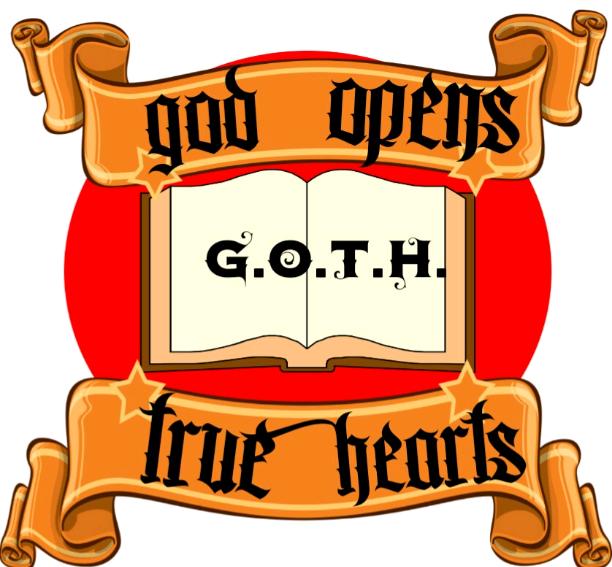
Trump Meets Orb
Read Count : 219
Category : Blogs
Sub Category : Miscellaneous
Trump Meets Orb: 5 Interesting Facts About Crystal BallsEgyptian president Abdel Fattah al-Sissi, Saudi King Salman Bin Abdelaziz (or Abdul Aziz) Al Saud, US First Lady Melania Trump, US president Donald Trump, visit a center to fight extremism in Riyadh, Saudi Arabia on May 21, 2017.Credit: Balkis Press/Sipa/APOn his recent trip to Saudi Arabia, President Donald Trump and Saudi King Salman were captured in a photo putting their hands on a glowing orb. The comical picture has launched a thousand jokes and memes about crystal balls.It turns out that Trump and King Salman weren't trying to divine the future or electrocute themselves. The bizarre orb was not actually a crystal ball at all; it was an illuminated globe meant to represent the world as part of an event showcasing the Global Center for Combating Extremist Ideology.But if it were a crystal ball, that wouldn't be so surprising, as the practice of "crystal gazing" has been common for millennia all over the world, from the British Isles to China and the Americas, wrote Andrew Lang in "Crystal Gazing: Its History and Practice, with a Discussion of Evidence for Telepathic Scrying" (The De La More Press, 1905).Druid rootsThe technical term for the act of gazing into a shiny reflective surface as a means of divining new information or predicting the future is "scrying." The term is a shortening of the word descry, and it has roots going back to the ancient Druids, part of an elite class of Celtic people who lived primarily in the British Isles and France during the Bronze Age. According to "The Natural History" by Roman-era naturalist and historian Pliny the Elder, Druids used crystals to foretell the future. Julius Caesar also described Druid superstitious practices in his oral histories of the Gallic Wars. (Caesar was waging war against the Gallic nations at the time, so he may have had reason to exaggerate some of their less savory customs, such as human sacrifice.) Druids did not limit their divination to crystals; pools of water, mirrors or reflective glass would also do.Worldwide trendHowever, crystal gazing wasn't confined to the Druids in ancient Gaul. In "Crystal Gazing," author Lang noted that the practice held sway in China as well. A Chinese criminal code from 1888 described a practice called Yuang-kuang-fuchou, or the magic of the round glittering, which a practitioner allegedly used to call up the face of a thief who may have stolen his belongings.And the same book notes that Muslims in India practiced "viewing of unjun (lampblack or the magic mirror.)" According to research done by David Margoliouth in the late 1800s on Muslim divination, the Khalif Mansur, who lived in the eighth century, used a mirror that could allegedly reveal whether someone was friend or foe. Another legend holds that a different leader possessed a ruby ring that could reveal faces in its surface. Other folk remedies have historically included sick people looking into a shiny pot of water to be healed, as was beleived in Medina, Saudi Arabia, while other people used mirayat, or magic mirrors, according to "Magie & Religion dans L'Afrique du Nord" (1909).Forbidden practiceWhile crystal gazing and scrying may have been popular throughout the world, such divination has largely been considered a forbidden occult by major world religions.For instance, the Old Testament expressly forbids divination, saying, "for these nations, which you are about to dispossess, listen to fortune-tellersand to diviners. But as for you, the Lord your God has not allowed you to do this." (Deuteronomy 18:14). In Ezekiel 21:21, the King of Babylon (who is the enemy of the Israelites) either shuffles arrows or polishes their surfaces to read them, according to "Magic and Divination in Ancient Palestine and Syria" (E. J. Brill, 1996). The idea is that something about the appearance of the arrows could reveal insights into the future, according to the book.The Koran also expressly forbids the pagan practice of El Meysar, a form of divination that involved shuffling arrows, along with similar practices, while the Catechism of the Catholic Church warns faithful adherents against Spiritism, which involves using divination or magical practices. In the book "The City of God," St. Augustine said scrying was "entangled in the deceptive rites of demons who masquerade under the names of angels."Being forbidden, however, didn't mean the practices weren't popular. Crystal balls became popular as fashion accessories or to ward off evil spirits in the Middle Ages, possibly because of their association with the wizard Merlin in the King Arthur legends. Nowadays, Merlin is often depicted with a crystal ball for use in prophecy.
Comments
- No Comments

